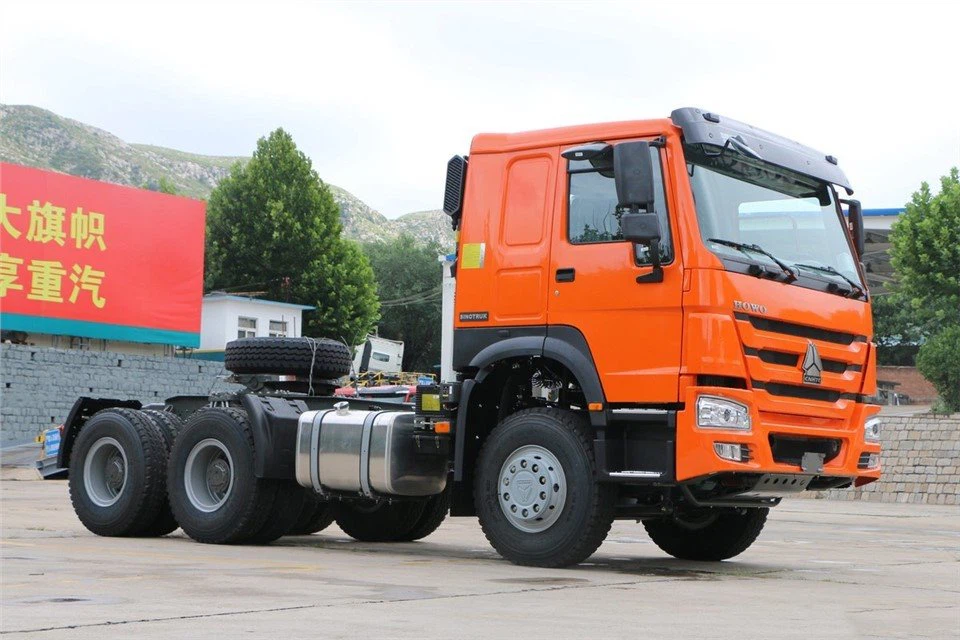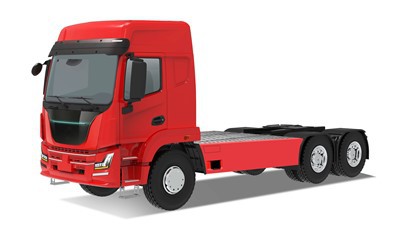Complete Guide to Marathon Balers: Efficiency and Innovation in Waste Management

In the world of waste management and recycling, the marathon baler stands out as a vital machine that helps in compressing waste materials into manageable bales. These bales optimize storage space and simplify transportation. This comprehensive guide will explore marathon balers in detail, including their types, features, applications, and tips for selecting the right baler for your needs.
What is a Marathon Baler?
A marathon baler is a heavy-duty machine specifically designed to compress a variety of materials, including plastics, cardboard, and paper, into compact bales. These bales can then be easily transported and stored, making them a crucial component of recycling facilities, manufacturing plants, and waste management companies.
Types of Marathon Balers
1. Horizontal Balers
Horizontal balers are designed for high-capacity baling, allowing for continuous feed of materials. They are ideal for operations that deal with large volumes of waste and are commonly used in recycling centers.
2. Vertical Balers

Vertical balers are more compact and are suitable for smaller operations. They are perfect for businesses that generate smaller quantities of recyclable materials, like commercial printing companies or small retail establishments.
3. Closed-Door Balers
Closed-door balers create bales inside a closed chamber, which helps in controlling the size and shape of the bales. This makes them ideal for materials that require precise baling, such as shredded paper and films.
4. Open-Door Balers
Open-door balers facilitate easier and quicker loading of materials. They are best suited for facilities with high throughput, where speed and efficiency are essential.
Key Features of Marathon Balers
1. Compression Ratio
The compression ratio of a marathon baler indicates how much the machine can compact materials. A higher compression ratio means denser bales, leading to better transportation efficiency.
2. Bale Size Adjustment
Many modern balers allow users to customize bale sizes to meet specific operational needs, which can be extremely beneficial for meeting shipping guidelines and maximizing storage space.
3. Automation
Automation features such as automatic feed systems and control panels can significantly enhance the efficiency of marathon balers, minimizing manual labor and increasing throughput.
4. Durability and Maintenance
A robust build quality is vital for marathon balers to handle continuous operation and reduce wear and tear. Regular maintenance schedules can help extend the lifespan of the equipment.
Benefits of Using Marathon Balers
1. Space Efficiency
By compacting waste materials into bales, marathon balers help businesses save space in their facilities. This is especially beneficial for companies looking to optimize their waste management processes.
2. Cost Saving
Less frequent trips to disposal sites due to reduced waste volume can lead to lower transportation costs and overall waste management expenses.
3. Environmental Impact
Using balers facilitates recycling and proper waste disposal, contributing to a reduction in landfill usage and a positive environmental impact.
Applications of Marathon Balers
1. Recycling Facilities
Marathon balers are essential in recycling operations where they handle materials like cardboard, plastics, and metals. They streamline the process and prepare materials for resale or reprocessing.
2. Manufacturing Companies
Manufacturers that produce waste in large volumes can benefit from marathon balers to manage their by-products and waste materials efficiently.
3. Distribution and Retail
Retail businesses that generate significant amounts of recyclable materials, such as packaging materials, can utilize marathon balers to minimize waste on-site.
How to Choose the Right Marathon Baler
1. Assess Your Waste Volume
Understand the amount and type of material you need to bale. High-volume operations might require a horizontal baler, while low-volume operations may benefit more from a vertical baler.
2. Consider Material Types
Your choice should depend on the types of materials you will be processing. Ensure the baler’s specifications match your materials for optimal performance.
3. Evaluate Space and Size Restrictions
Space constraints could limit your options. Consider the available space for the baler and the size of the bales you will be handling.
4. Explore Automation Options
Consider features like automatic feed systems and control automation that can help streamline operations and reduce labor efforts.
Practical Tips for Operating Marathon Balers
1. Regular Maintenance
Schedule routine maintenance checks to ensure optimal performance and longevity of the baler. Proper lubrication and timely replacement of worn parts are essential.
2. Training Staff

Ensure that operators are properly trained in using the baler to minimize the risk of accidents and improve productivity.
3. Optimal Loading Techniques
Load materials evenly and avoid overloading the machine. Understand the machine’s capacity and limits for effective operation.
4. Monitor Bale Quality
Keep an eye on the quality of the bales produced. Adjust compression settings as needed to ensure consistency in size and density.
Common Mistakes to Avoid
1. Neglecting Safety Precautions
Always prioritize safety protocols to prevent accidents. Use appropriate protective gear when operating the baler.
2. Ignoring Manufacturer Guidelines
Follow the manufacturer’s operating instructions closely for optimal performance and maintenance of the baler.
3. Overstuffing Materials
Avoid overstuffing the baler as this may lead to jams and increased wear on the machine. Understand the recommended load limits.
4. Skipping Regular Inspections
Conduct regular inspections to identify potential issues early on and keep the baler in good working condition.
Cost Factors to Consider When Buying a Marathon Baler
1. Initial Purchase Price
The upfront cost of acquiring a marathon baler will greatly influence your decision. Assess various options in relation to your budget.
2. Operating Costs
Consider energy consumption, maintenance, and repair costs. Efficient balers save money in the long run despite higher initial purchase costs.
3. wAiver of Installation Costs
Installation expenses can add up. Some manufacturers or suppliers offer free installation with the purchase of new equipment.
4. Financing Options
Explore financing options if the upfront cost seems daunting. Leasing or financing arrangements can make it easier to acquire the necessary equipment.
FAQs About Marathon Balers
1. What materials can I process using a marathon baler?
Marathon balers can process a wide range of materials including cardboard, paper, plastics, and metals. The exact specifications vary by model.
2. How long does a marathon baler last?
With regular maintenance, a marathon baler can last anywhere from 10 to 20 years, depending on usage and care.
3. How often should maintenance be performed?
Regular inspections should be conducted monthly, with more thorough maintenance on an annual basis to ensure optimal performance.

4. Can I adjust the bale size with a marathon baler?
Yes, many modern marathon balers allow users to adjust bale sizes based on their specific operational requirements.
5. Are marathon balers easy to operate?
While marathon balers are designed to be user-friendly, proper training is essential for safe and efficient operation.
6. What is the cost of a marathon baler?
The cost of a marathon baler can vary widely based on size, features, and capabilities, typically ranging from several thousand to tens of thousands of dollars.
